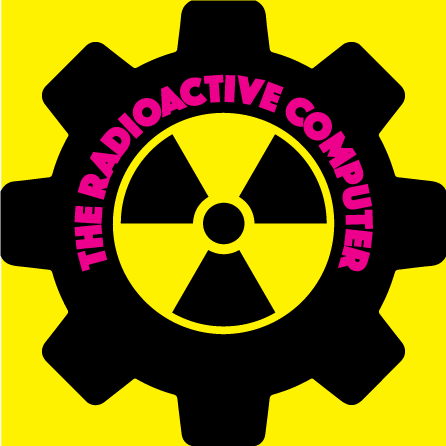Music in Games
- Cole Conrad Shrader
- Jan 10, 2019
- 4 min read
Music is one of the staples of culture for humanity. And in almost all parts of our lives music has played a major part. From Operas, to work out sessions. What I want to talk about today is about how music is used and created for video games. Before we get started however I should note that every creator has their own style, but when looking at works these are the patterns that come up often.
Firstly, we should understand the groundwork for music in any sort of story. Music is often designed for 3 distinct roles: To demonstrate or alter the Character, Environment, or Audience. Note that in any work of music there can be a combination of these three styles.
Environment music is the simplest to understand. When the music you hear is connected to what is going on around you, then is Environment music. This can be menu music or simply the looping music for a level, like Mario 1-1. Environment can either reflect what is happening, such as a peppy light beat when walking through a meadow, or it could alter or influence the perception of the event, such as a slow, strings piece playing over the same meadow to drastically change the mood to one where the environment seems hostile. Older games tend to use this a lot, as the limited software made it difficult to understand characters and their feelings and as such there was only the environment to reflect.
World 1-1 or "The Mario Theme" is a classic example of environment music, as nothing else impacts the player besides the environment.
Character is also fairly simple, Whenever a character is supposed to feel a certain way and the player is to be made certain of that emotion, Character music can play. Character music can also introduce a character to the audience, helping us to understand what the director or writers want us to know about a character. For example the boss themes for Undyne in Undertale can change between a fun action packed battle in "Spear of Justice", to the more serious tone in "Battle Against a True Hero" and define how you look at her character. This can also be found in works like Peter and the Wolf, where each character is not represented through speech, but instead a theme that changes with their actions.
Spear of Justice plays when you fight Undyne and haven't done anything wrong.
Battle Against a True Hero plays when you've done awful things in the game. And Undyne feels that she needs to stop you
Audience is a combination of the two above, but instead of providing information on the world, it says what the audience is supposed to be feeling. This is distinct from the emotions of the protagonist in the story and more often found in games where the player interacts with the world separately from the character they are fallowing. Often these pieces are found in games where characters are separately led by the player or if the characters are not defined enough to have their own separate music. Often Audience is closely interwoven with Environment, as the occurring events and surrounding landscape can directly influence the audience. An example of Audience is in DOOM, where the main character doesn't speak a word and channels his rage through you in the form of music.
2016's DOOM contained a plethora of techno metal that was meant to inspire the player in their pursuit of demons to slay
Dynamic music:
One of the key features of video games is their interactivity. Usually this comes in the form of being able to issue controls to characters making them perform actions, but music can also be affected by the player. This adds a new layer of depth to the media and allows developers to create more substantial worlds and experiences that can't be found anywhere else. When dynamic music occurs usually there is a transition between one piece of music to the next, either through some modification to the current tune or by changing to a completely different piece with a fade in or fade out. However sometimes this change in music is abrupt to punctuate its suddenness or to surprise the player. As early as 1981, developers have been creating dynamic music for players and have been trying to improve the smoothness of the transitions. An excellent example of this would be Darkest Dungeon, who has the player lead a team of adventurers into a dungeon. While exploring, the player has to manage a limited supply of light. And as the light runs out, the music starts to get more and more frantic. This music is dynamic and targets the audience, As its panicked tones do not reflect the environment as much as they demonstrate the desperation of the player.
Full torch light music, slightly creepy but rhythm is still slow and steady
Low torch light music, a strings group comes in, as well as some drums the play to a faster marching pace
Pitch black music, A new group of strings are added on, playing at double the speed of the previous piece. There is a real sense of desperation
While reading this you could probably have come to the conclusion that a lot of these effects can be found in other types of mixed media such as plays or films. Telling a story with music is ancient and we have had plenty of time to find what is important in its creation. However games manage to allow us enough personal control and choices to influence us on a new level which I find very interesting and hope is expanded upon in the future of game design.
























Comments